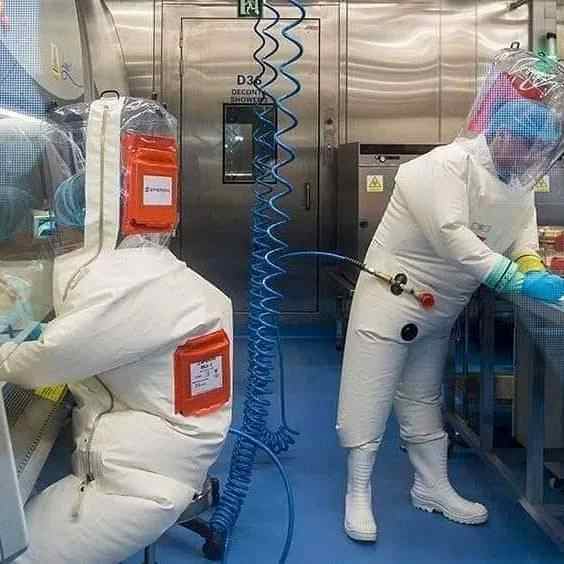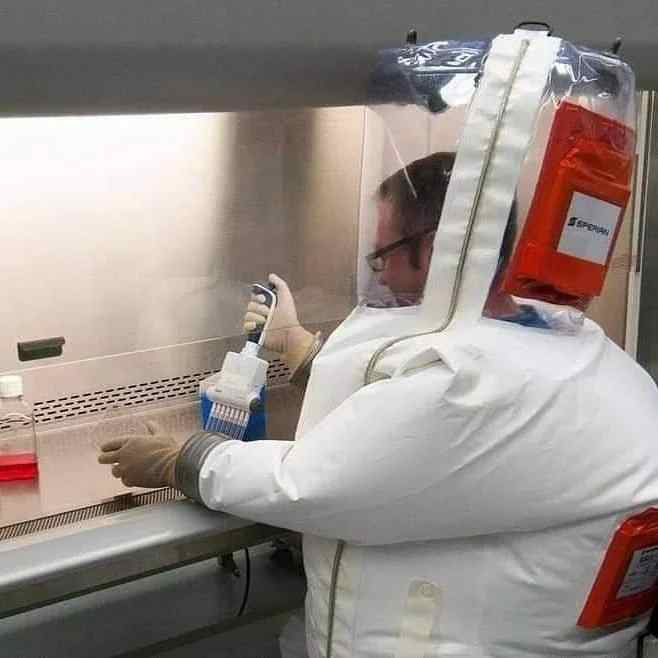● Pathogen Classification
Dangerous microorganisms (bacteria, viruses, fungi, parasites) are classified into 4 biosafety levels (BSL 1 to 4) according to:
- The pathogen's virulence
- Its transmission mode
- Availability of effective preventive measures
- Availability of effective treatments
Higher risk requires stricter containment measures.


● BSL-4 Level (P4): Maximum Security
P4 laboratories (Pathogen Level 4) are designed to handle the most dangerous, often lethal agents with no available treatment or vaccine. Examples:
- Hemorrhagic fevers: Ebola, Marburg, Lassa, Crimean-Congo
- Other highly contagious viruses: Nipah, Hendra, smallpox
Key Features of BSL-4 Labs:
1. Airtight Containment:
- Isolated buildings with negative air pressure to prevent leaks
- HEPA filters for air and waste
2. Special Equipment:
- Pressurized suits with independent air supply ("space suit" type)
- Multiple decontamination airlocks (chemical showers, UV)
3. Strict Protocols:
- Double sealed doors with biometric verification
- Rigorous staff training and emergency drills
Global Locations:
There are about 50 BSL-4 labs worldwide, including:
- France: Jean Mérieux Institute (Lyon)
- Germany: Charité Laboratory (Berlin)
- United States: NIH (Bethesda), CDC (Atlanta)
- South Africa: NICD (Johannesburg)
Why These Labs Are Essential:
- Research: Development of diagnostics, vaccines and antivirals
- Surveillance: Pandemic response (e.g., Ebola 2014)
- Security: Bioterrorism threat prevention
● Conclusion
BSL-4 laboratories represent the pinnacle of biosafety, combining cutting-edge technology and scientific expertise to combat the most dangerous pathogens. They play a crucial role in global health crisis preparedness.